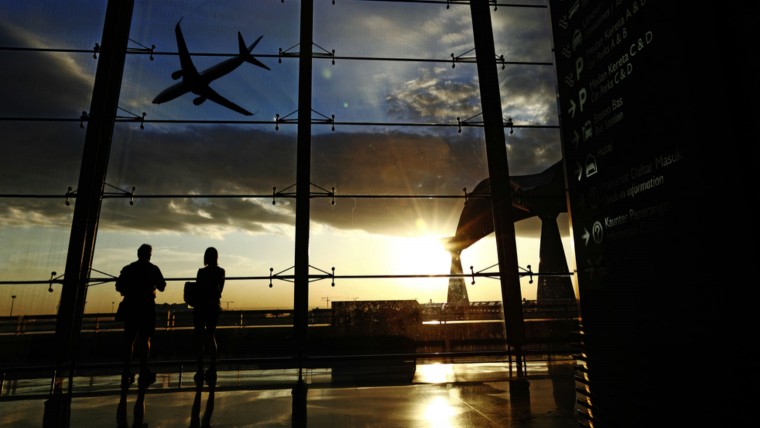When the original air miles schemes were set up in the 1980s, they were revolutionary. Yet the principle behind them was extremely straightforward. If you fly a lot, you should pay less than people who only fly a little.
These reward systems essentially offered a future discount, meaning flyers could redeem points and travel cheaply or for free at a later date. Now, however, what was an elegant system may seem outdated, especially in an internet world where daily deals and personalisation have changed expectations about what it is to be rewarded.
“With instant rewards available from retailers, it is not surprising that the longer game offered by the travel industry is resonating less with consumers,” says James Berry, e-commerce sales director at Collinson Latitude.
Collinson Latitude recently published research showing the extent of dissatisfaction with airline incentives. The travel industry ranked fourth out of six for its rewards and two thirds of respondents said they were not fully satisfied with the scheme they were on.
Respondents pointed to a range of problems: it takes too long to qualify for rewards, the rewards cost too much and there is not enough choice, they said. Many frequent flyers were found to be on multiple schemes, which further diluted their impact.
So the aviation industry is going back to the drawing board. The important question it needs to answer is what do carriers want to achieve with their loyalty programmes – and is this target anywhere near being hit?
The answer is no, in many cases, and so carriers are shuffling the pack. An example is British Airways’ high-profile rebalancing of its rewards programme Avios away from low-cost travel in favour of more lucrative business and upper-class flyers on long-haul routes. Big spenders, not frequent flyers, get the goodies.

Carriers are rethinking outdated reward schemes
Victoria Fox, chief executive of LIDA campaign agency, has worked on several reward schemes and believes carriers generally are starting to reimagine the essential meaning of frequent-flyer loyalty. She also has a few tips for companies that want to impress their customers.
“We believe the future lies in creating ‘me shaped’ loyalty,” she says. “This is about becoming an indispensable part of the customers’ world.
A grown-up approach to loyalty means using all the modern methods retailers have already adopted to drive people into their stores on and off-line
“It’s about designing a frequent-flyer programme that takes account of a much broader range of behaviours. One size fits all does not apply anymore. Get it right and your customers will not only talk about you again, but they will start advocating for you just as they did when these programmes first came to the market.”
This means taking a grown-up approach to loyalty and using all the modern methods retailers have already adopted to drive people into their stores on and off-line. It’s not just about free flights anymore, but personalised services and relevant benefits.
“To differentiate themselves from the competition, airlines should look beyond the traditional reward point structure, moving away from engaging customers via monetary features alone, to better establish and personalise interactions,” says Richard Kolodynski, senior vice president at iVend.
“By adopting a more experiential approach to loyalty, they can drive more meaningful experiences and extend beyond the discount mentality. Features like Apple Passbook, for example, tap into the growing trend for mobile: geo-locating customers to trigger loyalty offers, such as upgrades to lounges or a discount to an allied hospitality brand within the airport.”
Naomi Kasolowsky at dunnhumby agrees that there are more relevant ways to encourage repeat business than simply taking money off. “It’s about tailoring the rewards and benefits to solve problems that passengers have more closely,” she says.
“Airline travel can be fraught with customer experience failures and frustrations given the number of parties involved in the whole experience. So airlines are using their programmes to alleviate some of this pain for customers, particularly business customers who fly a lot and value easy low-stress travel.”
Creating enticing offers is one thing, getting rewards to people is quite another. One of the chief issues with reward-points systems is that it’s hard to redeem goodies even after customers qualify. Ms Fox at LIDA says the days of lengthy phone calls and form-filling should be behind us.
“The future needs to be about letting travellers redeem their rewards more effortlessly, while streamlining programmes together so people can travel the globe with minimum fuss,” she says.
“The aim should be to reward customers with the flights they most want to take and by improving the overall travel experience. So less about pages of terms and conditions, and more about limited blackout fly days, a breadth of privileges across different cabin levels and exclusive partner offers at destination.”

